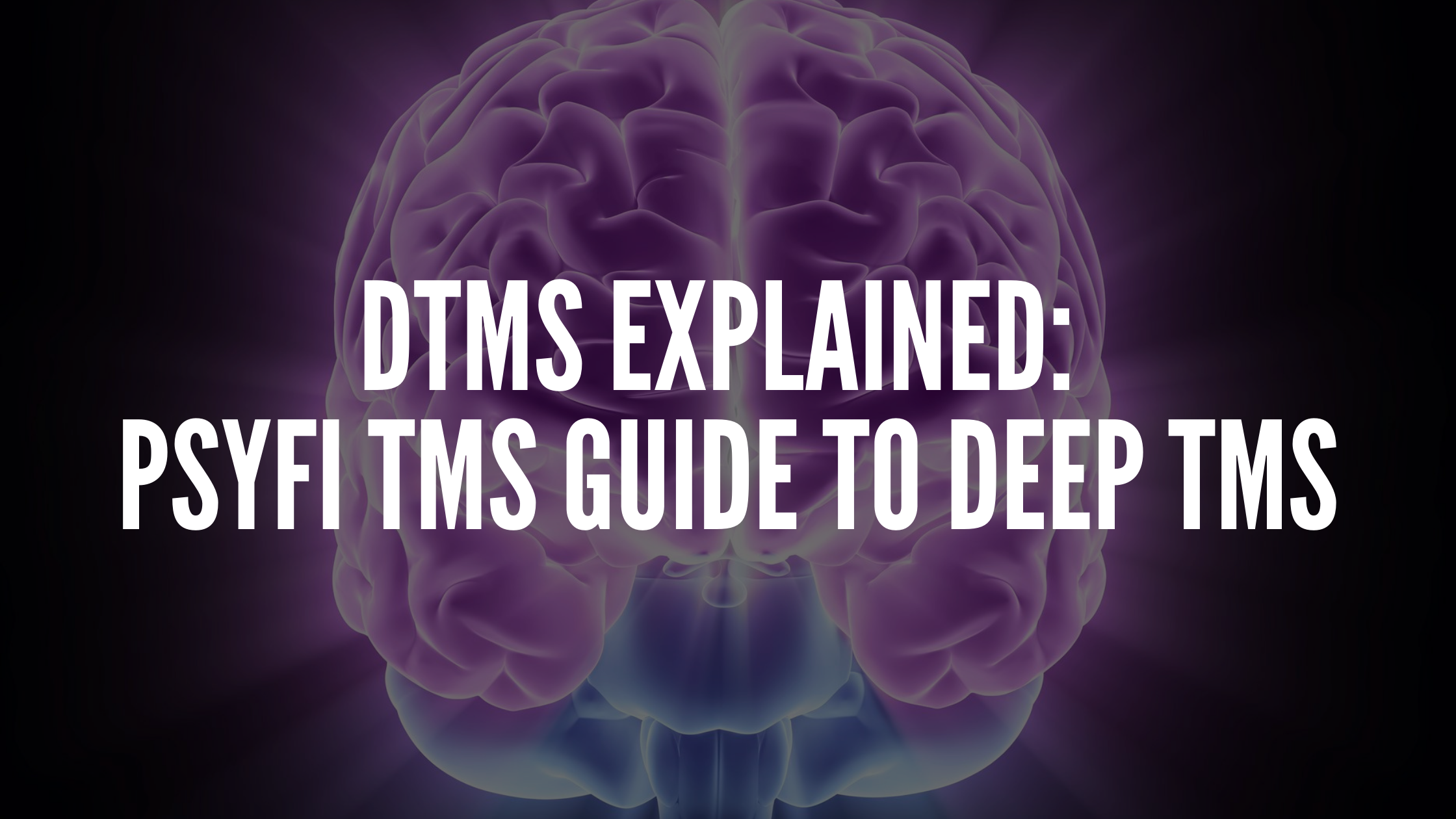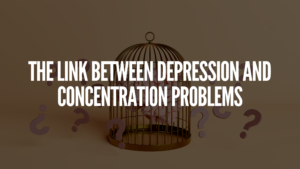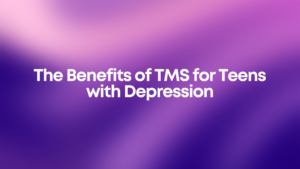Transcranial Magnetic Stimulation (TMS) is a noninvasive brain stimulation technique used to treat a range of mental health conditions. It involves delivering magnetic pulses to the brain.
Deep TMS (dTMS) uses higher intensity magnetic pulses. In this guide, we will explore the benefits of dTMS, and how it can be used to treat conditions such as depression, anxiety, and OCD.
How Does Deep TMS Work?
dTMS works by stimulating the brain cells (neurons) to produce more of the chemical serotonin.
Serotonin is a neurotransmitter that is involved in mood regulation and plays a role in the symptoms of depression, anxiety, and OCD.
By increasing the levels of serotonin in the brain, dTMS can help to improve mood and reduce the symptoms of these conditions.
How Does Deep TMS Treat Depression
dTMS works by targeting the areas of the brain that are involved in depression.
The primary area targeted by dTMS is the dorsolateral prefrontal cortex (DLPFC). This is a region of the brain that is thought to be involved in mood regulation. Specifically, it is thought to play a role in the negative thoughts and beliefs that are characteristic of depression.
The DLPFC is a relatively large area of the brain, so it is possible to target specific areas with dTMS. This allows for more precise treatment of depression than traditional TMS.
rTMS vs. dTMS: What’s The Difference?
There are two main types of TMS: repetitive TMS (rTMS) and deep TMS (dTMS).
rTMS is a standard, non-invasive form of TMS that uses low intensity magnetic pulses. It is the most common type of TMS and has been used for many years to treat a range of mental health conditions. dTMS is a newer, more intensive form of TMS that uses higher intensity magnetic pulses.
According to Brainsway: “Standard rTMS uses a figure-8 coil, while Deep TMS uses a patented H-coil held inside a padded helmet. While the magnetic pulses activated by standard rTMS only reach a depth of 0.27” (0.7cm), Deep TMS’s technology manages to reach a significant sub-threshold of 1.25” (3.2cm). This as shown in a Brain Stimulation study from 2014. Deep TMS also utilizes a significantly wider field of stimulation compared to that of standard rTMS.”
Furthermore, because standard rTMS employs focused magnetic stimulation, its pulses are focused on a specific area of the brain rather than Deep TMS’s broader stimulation. Because efficacy is determined by properly activating the right brain regions with conventional rTMS, it frequently has targeting problems, resulting in reduced effectiveness. Although this may be reduced by combining conventional rTMS with more expensive neuronavigation equipment, Deep TMS does not require any such equipment.
At PsyFi TMS, we provide Deep TMS therapy for the treatment of depression, anxiety, and OCD. Learn more about what we can do for you at info@psyfitms.com



